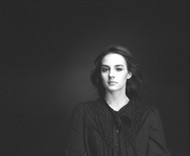Why I Shoot Film
11th Nov 2015
(Disclaimer: Some images below are NSFW.)
Film makes me think about what I am shooting. I know that each image I shoot in medium format is going to take time to after I shoot it as well as having a cost in film and chemistry. If I am shooting larger negatives they may cost up to $10 per image. Film is just not something that will allow me to pop off 1000 shots. I also consider the time AFTER the shoot in darkroom time to be valuable. Film images printed in the darkroom offer an unlimited variation in process where digital is just a mosaic of pixels.
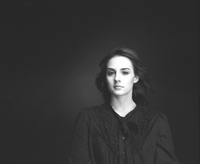
I can shoot cameras that I would have never been able to afford new--- right now I have in the neighborhood of 100 cameras from all periods of photography from 1900 all the way to the early 2000’s -- when they were new, some of these cameras very expensive and even some cameras 100 years old when new were very pricy in their own time, and the realm of only the very rich. I have a medium format studio camera with 7 different lenses that I love taking into the field. This is important because when it was new it was thousands of dollars and only the most high end of professionals would have owned it in the first place, and few would have taken it out of the studio. Now, I think nothing of it, and if I somehow manage drop it down the side of a mountain I will get another one. I can afford to experiment. I can afford to lower a 10 dollar camera into a well, or attach a 10 dollar camera to a kite. Film for all of them is still available, and film will be available for them many years from now... film is in no way going to “disappear.”
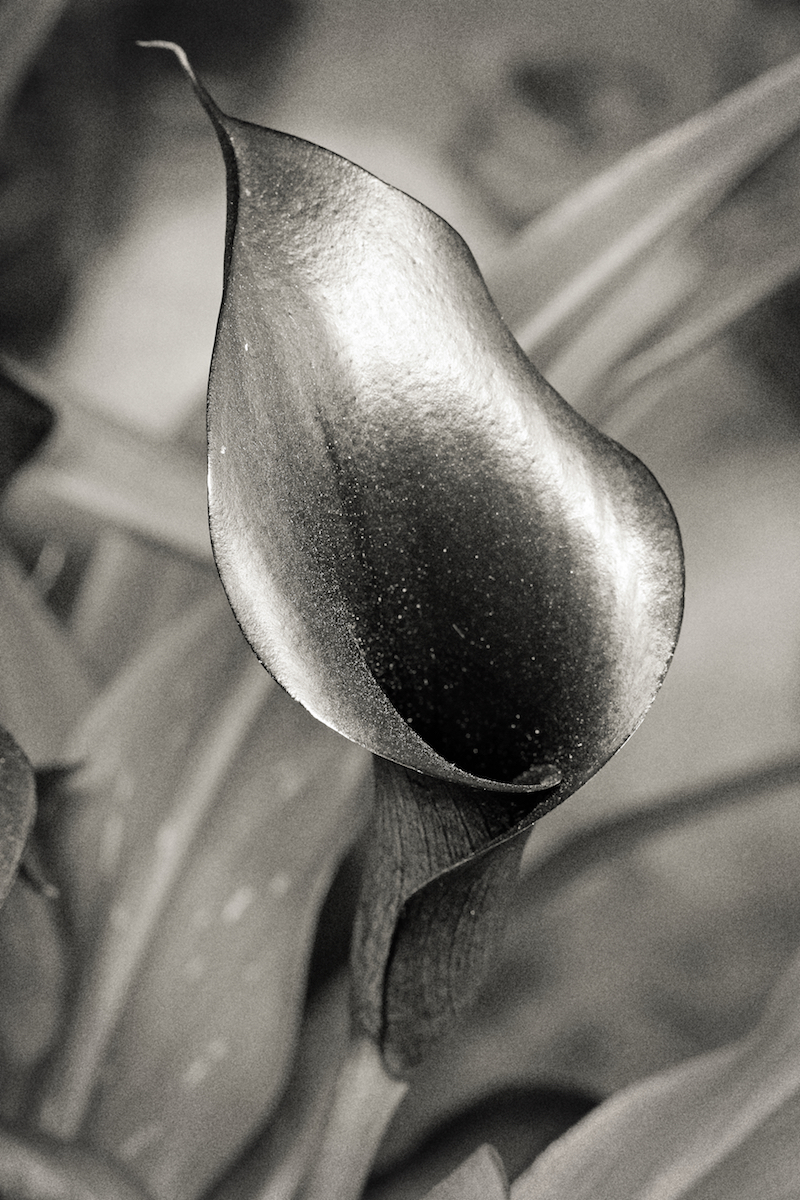
I can build my own cameras. Cameras are not complicated. They are a dark box, with a hole at the front that may or may not have a lens. They may or may not even have a method of getting film in and out of them without taking them apart. A local artist even makes cameras out of “priority mail” boxes, by coating the inside of the box with photographic emulsion… that’s it, that’s the whole camera. He pokes a pinhole in one end to expose the emulsion, then opens the box in the darkroom and develops the image. I can build cameras only constrained by my imagination. I have 6x17 cameras, A 16 inch x 16 inch camera, medium format cameras with lenses from 35mm cameras. cameras with pinhole instead of lenses, all manner of photo fun.
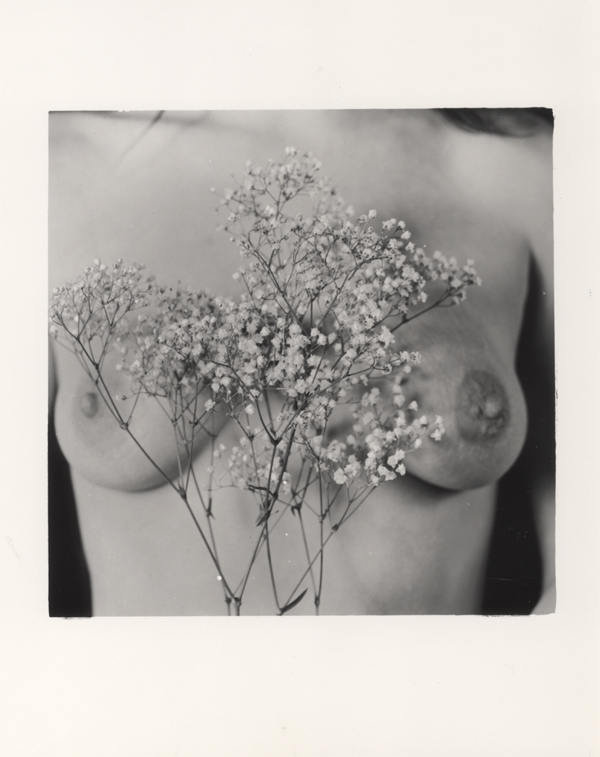
I can afford a high end darkroom, and the tools and chemistry that go with it. the price of these tools has reached a point where experimenting with them is possible. I understand the process of burn and dodge rather than just knowing them as a button in photoshop. I am not afraid of the darkroom, and find it relaxing to print images and know I have full and complete control of them.
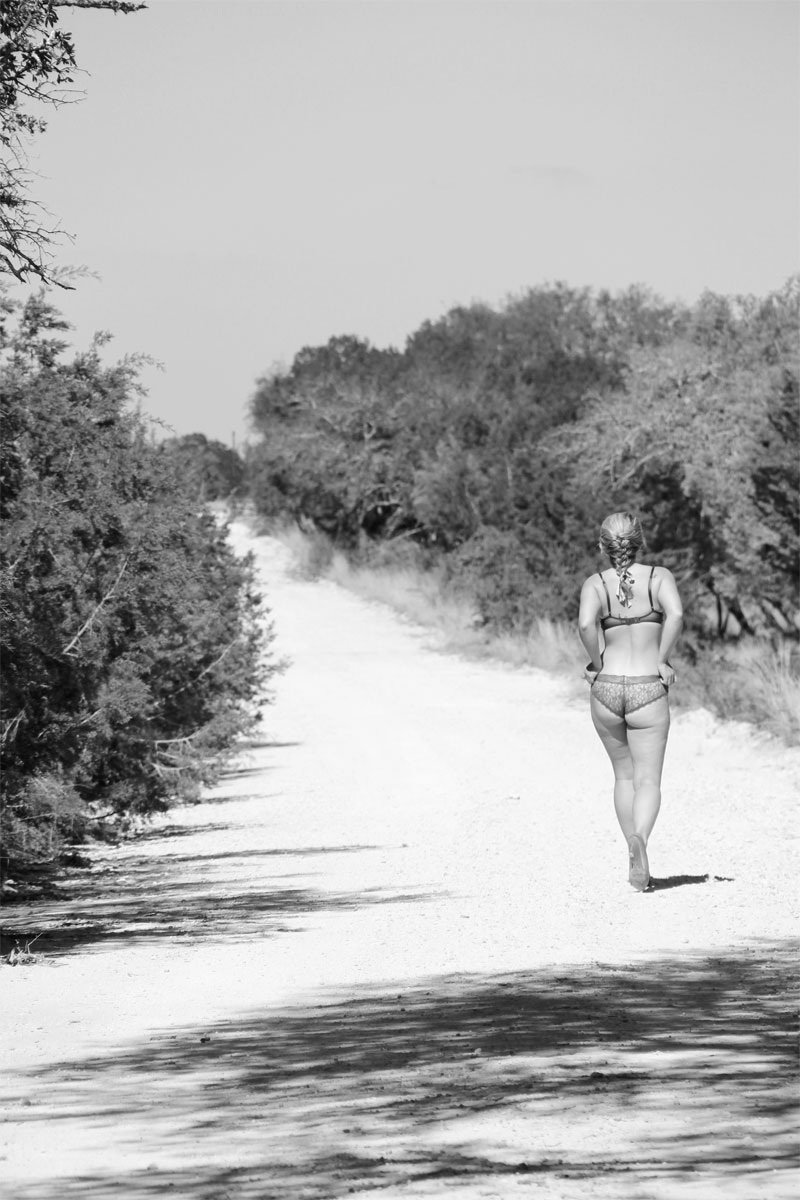
It’s already film… I don’t have to use photoshop filters to pretend it’s film. If I want to really make it look scratchy and old, I can print while wearing a wool sweater. Also, you can use any light. -- this is a black and white thing… I don’t have to worry about florescent or incandescent or LED light colors, I don’t worry about sync speeds with leaf shutters, I just use whatever light is at hand… it’s all good. For a long time the only thing I owned that used batteries and by FAR the most expensive piece of gear I owned was my light meter. Another thing? Film is permanent -- (do you really think you will be able to read a 100 year old CD of JPGs? in 2115....)
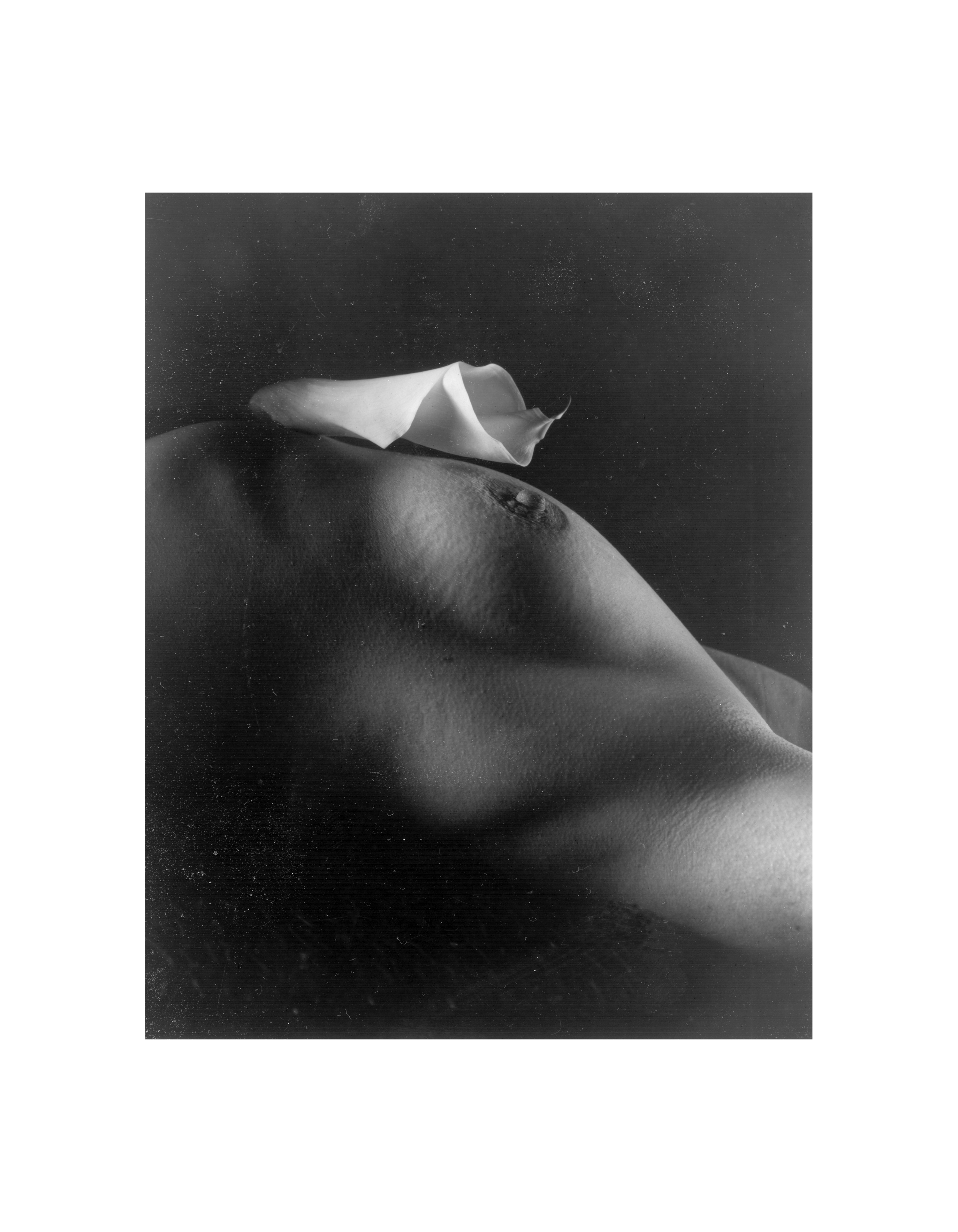 Let me emphasize that film is not going to disappear. Too much technology is based on film for it to go away any time soon. Eventually slide film may be hard to find, and even color negative film may in 40 years be relegated to a specialty product, but film chemistry is a known and mature technology. Black and white emulsions are easy to make, and with a few items I can make a pretty mean black and white emulsion in my kitchen. I can coat a piece of glass or plastic, and have negatives. -- The zombie apocalypse is not going to make it unable to do… while that same apocalypse may make digital images unable to be read off computers or digital cameras unable to be charged up.--- the technology behind silver photography is not going away.
Let me emphasize that film is not going to disappear. Too much technology is based on film for it to go away any time soon. Eventually slide film may be hard to find, and even color negative film may in 40 years be relegated to a specialty product, but film chemistry is a known and mature technology. Black and white emulsions are easy to make, and with a few items I can make a pretty mean black and white emulsion in my kitchen. I can coat a piece of glass or plastic, and have negatives. -- The zombie apocalypse is not going to make it unable to do… while that same apocalypse may make digital images unable to be read off computers or digital cameras unable to be charged up.--- the technology behind silver photography is not going away.

This all being said, don’t think for one minute that I don’t shoot digital. So far this year (2015) I have shot a few hundred images on film with perhaps a dozen different cameras, and with digital I have shot somewhere in the neighborhood of 55,000 images with 3 different cameras. I use the correct tool for the job, and my art images are completely different from images I take for botanical field guides.
The majority of the time I spend with digital imaging is culling for specific information. I shoot botanical images for scientific use, and I may need a stem or a leaf part for instance. These I have no compunction shooting hundreds of images to get the perfect one. I may shoot them as fast as I can move around the plant and click the shutter, but even at that I find that my film use has made me more cognizant of all aspects of photography... in my setup for the images, I will take the time to know my aperture, framing and light direction. I know what I want my final image to look like and I know where I will need to move the camera to get what I need.
While many aspects of photography bleed from my film to my digital shooting there are still major and fundamental differences, and in these I find the places to let art creep into the process. My digital photography I find to be industrial, while film is balletic.
Jeff Genung is a botanical photographer based in Austin, Texas. He has been with Precision Camera for 10 years.

